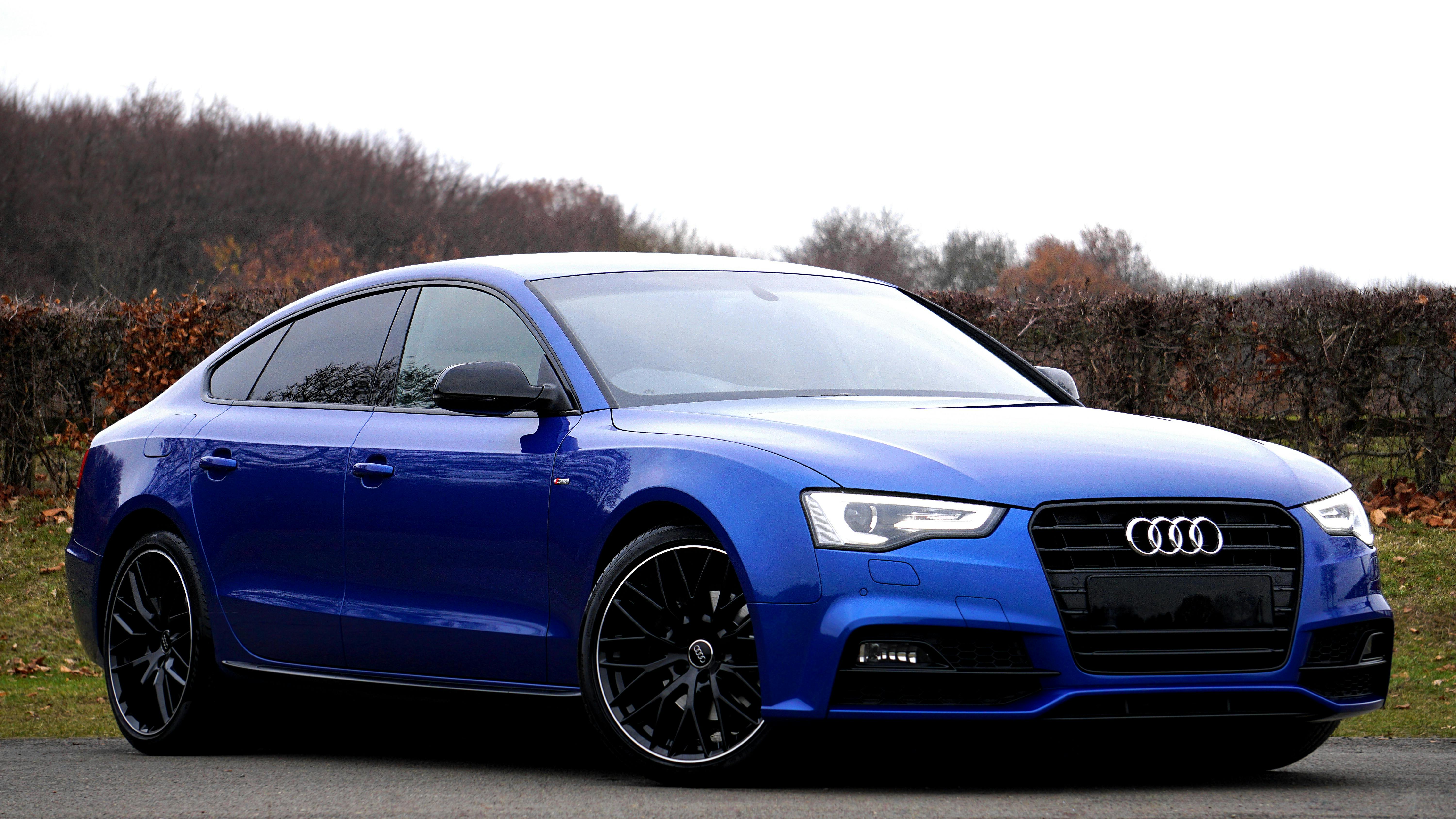Car Weather Stripping Replacement Near Me

Weather stripping, often an overlooked component of a vehicle, plays a critical role in sealing the passenger compartment from the elements, reducing noise, and contributing to overall vehicle efficiency. As automotive professionals, understanding the nuances of weather stripping, its degradation, replacement options, and future trends is essential for providing comprehensive service and informed recommendations to customers.
Technical Specifications and Engineering Choices
Modern weather stripping materials are typically composed of Ethylene Propylene Diene Monomer (EPDM) rubber, Thermoplastic Elastomers (TPE), or Polyvinyl Chloride (PVC). EPDM is favored for its excellent UV resistance, ozone resistance, and wide temperature operating range (-40°C to 150°C), making it suitable for harsh climates. TPE offers greater flexibility and recyclability but may exhibit slightly lower temperature resistance. PVC, while less expensive, tends to harden and crack over time, making it less durable than EPDM or TPE.
The engineering of weather stripping involves precise profiling to ensure a tight seal against both the vehicle body and the door/window. Cross-sectional shapes are carefully designed to create multiple points of contact and utilize compression to maximize sealing effectiveness. This often includes features like hollow sections to allow for deformation and adaptation to minor irregularities in the mating surfaces. Tolerances are critical; even slight deviations can lead to leaks and increased wind noise.
Adhesive selection is another key factor. Automotive-grade adhesives are designed to withstand extreme temperature variations, humidity, and vibration. They must also be compatible with the specific weather stripping material and the vehicle's paint or coating system. Common adhesive types include pressure-sensitive adhesives (PSAs) and two-part epoxy systems. PSAs offer ease of application, while epoxy systems provide superior bond strength and durability.
Real-World Performance and Alternatives
Degradation of weather stripping is inevitable over time due to exposure to sunlight, ozone, and physical wear. Signs of degradation include cracking, hardening, tearing, and loss of elasticity. This leads to increased wind noise, water leaks, reduced HVAC efficiency, and potential corrosion due to moisture intrusion.
When replacement becomes necessary, several options are available. OEM (Original Equipment Manufacturer) weather stripping offers the best fit and performance, as it is designed specifically for the vehicle model. However, OEM parts can be more expensive. Aftermarket weather stripping provides a cost-effective alternative, but quality can vary significantly. It's crucial to choose reputable brands known for using quality materials and adhering to OEM specifications. Universal weather stripping is available in various profiles and sizes, allowing for customization. However, achieving a perfect fit with universal stripping can be challenging, requiring careful measurement and cutting.
A less common alternative is restoring existing weather stripping. This involves cleaning, conditioning, and sometimes patching damaged areas. While restoration can extend the lifespan of weather stripping, it is typically a temporary solution and not as effective as replacement, especially for significantly degraded seals. Specialized weather stripping conditioners are available which help reintroduce essential oils into the rubber, improving flexibility and sealing capabilities.
Pros and Cons of Each Option
- OEM Weather Stripping:
- Pros: Perfect fit, guaranteed performance, highest quality materials.
- Cons: Highest cost.
- Aftermarket Weather Stripping:
- Pros: Lower cost than OEM, readily available.
- Cons: Quality varies significantly, potential for fitment issues.
- Universal Weather Stripping:
- Pros: Versatile, can be used on various vehicles, lowest cost.
- Cons: Requires careful measurement and cutting, potential for improper fit, may not match OEM appearance.
- Restoring Weather Stripping:
- Pros: Cost-effective short-term solution, extends lifespan of existing seals.
- Cons: Temporary fix, not as effective as replacement, limited application to minor damage only.
Reliability and Maintenance
The reliability of weather stripping depends on the material quality, installation technique, and environmental conditions. Regularly inspecting weather stripping for signs of damage and applying a silicone-based lubricant can help extend its lifespan. Avoid using petroleum-based products, as they can degrade rubber materials. Cleaning the weather stripping regularly with mild soap and water can remove dirt and debris that can accelerate wear. Proper installation is paramount for ensuring a reliable seal. This includes preparing the surface thoroughly, using the correct adhesive, and applying even pressure to ensure proper adhesion.
Future Trends
Future trends in weather stripping include the development of more advanced materials with enhanced durability, UV resistance, and sealing capabilities. Smart weather stripping incorporating sensors to detect leaks and adjust sealing pressure automatically is also a possibility. The increasing use of electric vehicles (EVs) will also drive innovation in weather stripping, as reducing wind noise and improving aerodynamic efficiency are crucial for maximizing range. Expect to see more sophisticated designs and integrated systems that contribute to overall vehicle performance and comfort.
Furthermore, sustainability is becoming a significant factor. Manufacturers are exploring the use of recycled materials and bio-based polymers to create more environmentally friendly weather stripping solutions.
Forward-Looking Note
As the automotive industry continues to evolve, the seemingly simple component of weather stripping will play an increasingly important role in vehicle performance, comfort, and efficiency. By staying informed about the latest technologies, materials, and best practices, automotive professionals can provide valuable service and contribute to a better driving experience for their customers. The convergence of material science, sensor technology, and aerodynamic optimization will undoubtedly shape the future of automotive weather stripping, creating new opportunities for innovation and improvement.
